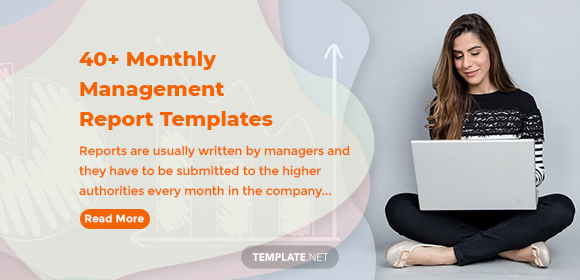
40+ Monthly Management Report Templates in PDF | Google Docs | Excel | Apple Pages
Managers usually write reports, and they have to be submitted every month to the higher authorities of a company. These…
Sep 14, 2023
A report that is made after performing an energy audit that is performed to identify energy that is being consumed by an establishment or any facility is known as an energy audit report. An energy audit also determines energy conservation strategies or measures to manage some energy consumption. It is considered as an inspection survey as well as an analysis of energy flows for the conservation of the energy in a building.

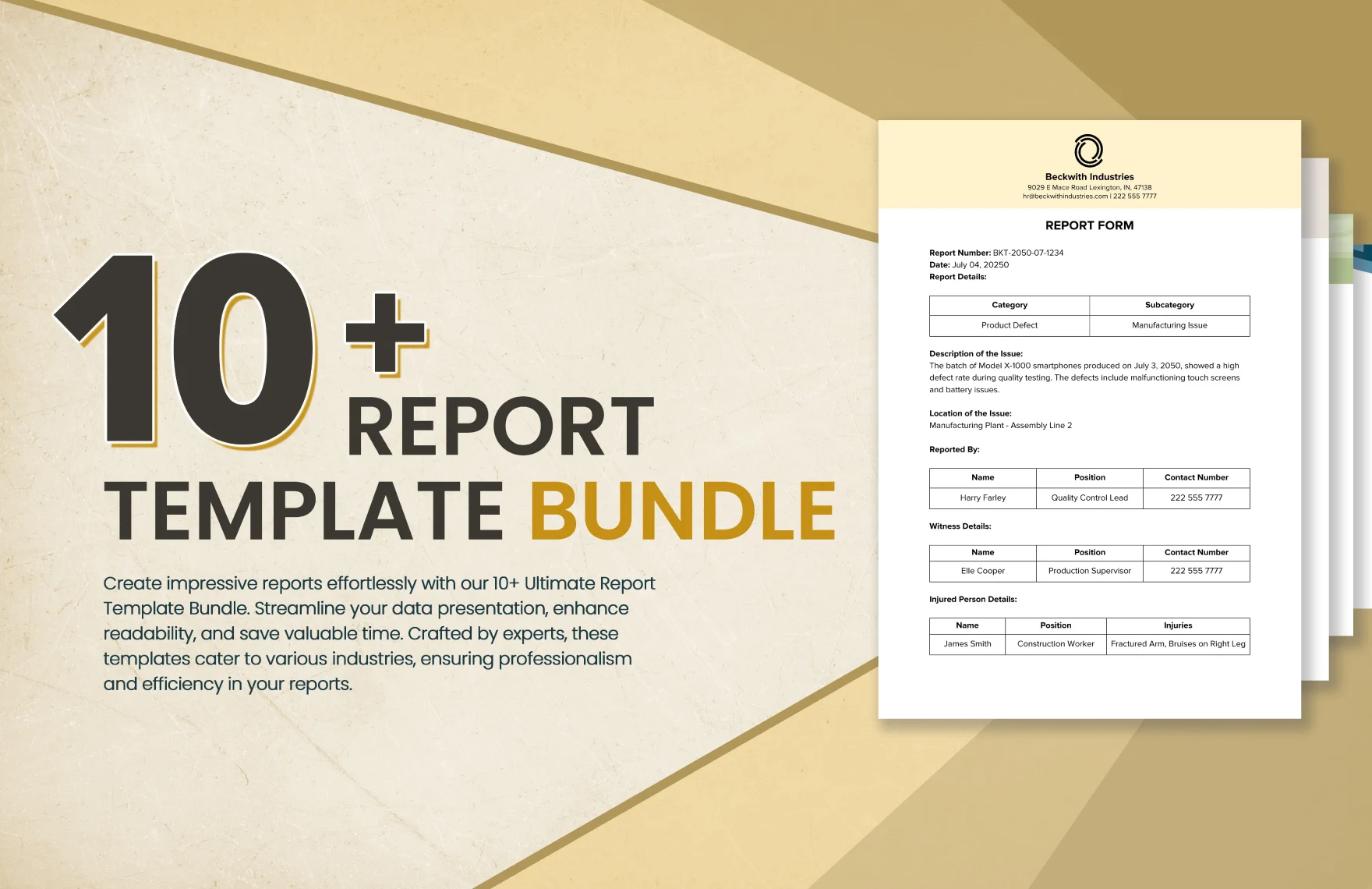
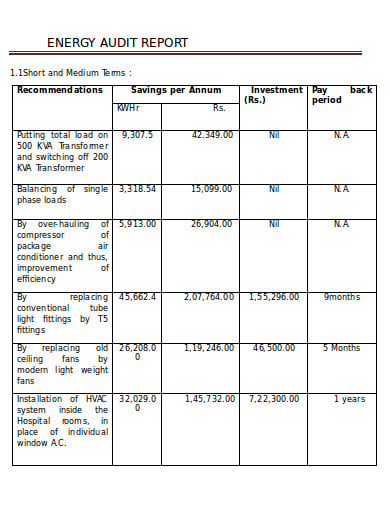 oilweb.oilindia.in
oilweb.oilindia.in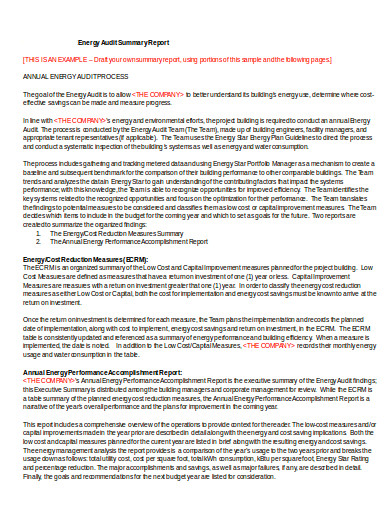 leeduser.buildinggreen.com
leeduser.buildinggreen.com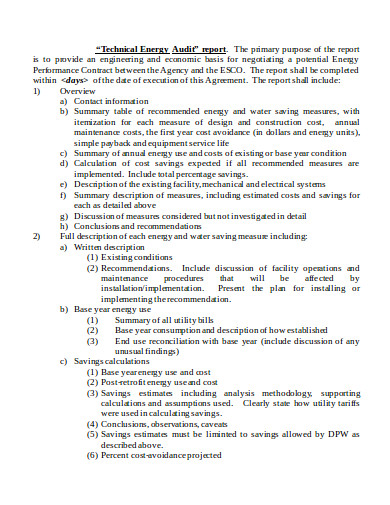 dpw.idaho.gov
dpw.idaho.gov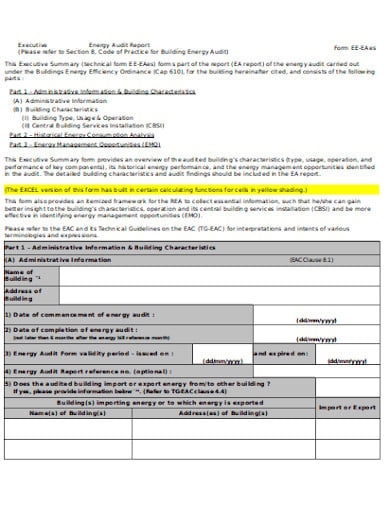 emsd.gov.hk
emsd.gov.hk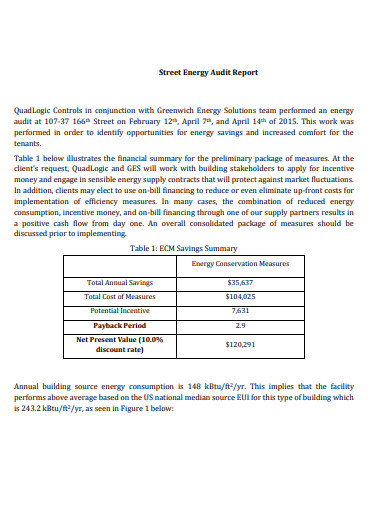 documents.dps.ny.gov
documents.dps.ny.gov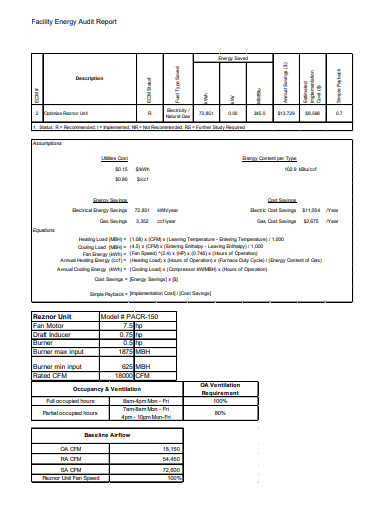 greenwichct.gov
greenwichct.gov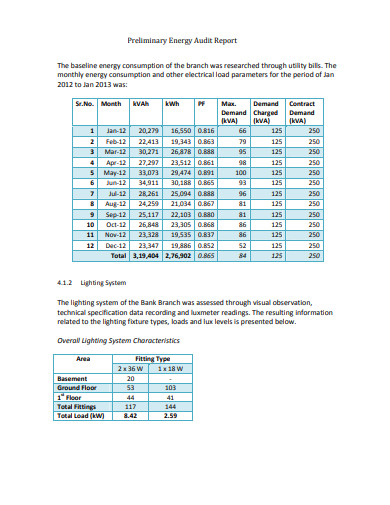 cbalance.in
cbalance.in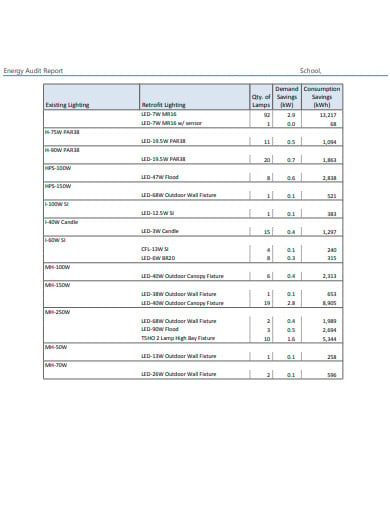 artsbuildontario.ca
artsbuildontario.ca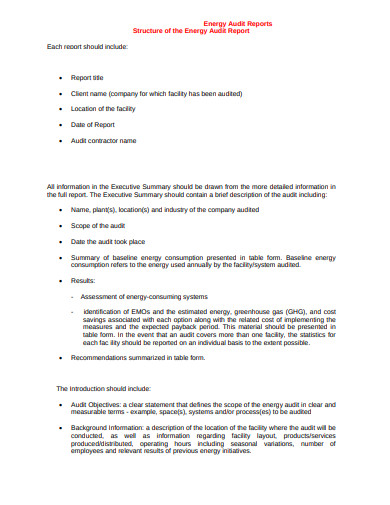 sdatripura.in
sdatripura.in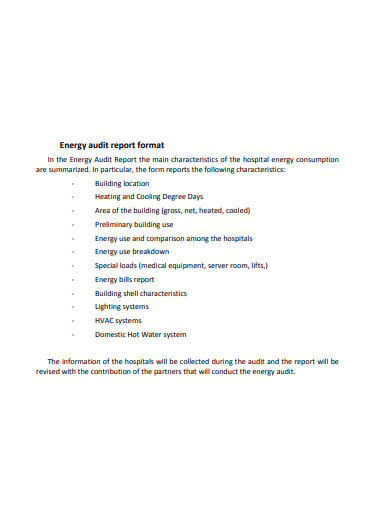 greenhospital-project.eu
greenhospital-project.eu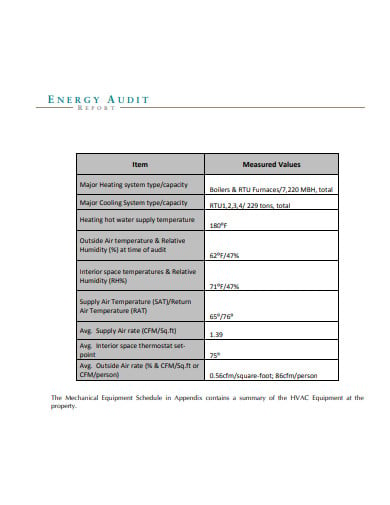 needhamma.gov
needhamma.govStart laying out the audit specifics in a summary that will just take a few minutes to read. Try to keep the summary concise but meaningful. You can begin it by stating when the energy audit was conducted and where or which facility. Then state the dollar amount of the potential electricity cost savings from the identified conservation measures in your second sentence. Then continue to detail the current annual electricity costs or any energy costs, as calculated from the utility bills, and qualifiers.
Describe the main purpose of the facility, hours and days of operation and any kind of energy conservation devices if used. Make sure you include specifics on the overall square footage and details on users. For instance, you can mention the demand for energy from the different parts of the facility at different times of day with different load demands.
Make sure you fill out the energy accounting forms that will account for energy use at a facility by tracking the exact hours of energy consumption as determined by sensors or meters. You can create a unique picture of use at the facility by demonstrating the demand factor, which is considered to be the peak power used over a small interval.
You can start reviewing the accounting forms to calculate the baseload i.e the consistent amount of energy used over a year and break it into individual units. Try to identify the consumption patterns for the lighting, public laundry, and various other areas so you can suggest conservation measures.
Lastly, describe the accounting methods and include the charts that reflect consumption patterns and other energy costs so decision-makers can understand the conservation options. Explain how you determined electricity consumption or any other energy consumption. Whether you used utility reports and concluded or ammeters that helped you in measuring electric current from an outlet.
Some of the important purposes of an energy audit report are as follows:
Energy cost is considered to be a significant factor in economic activity with factors of production like capital, labor, and land. However, it is high time to take an initiative for energy conservation measures as there is a rising amount of energy shortage. This generally means using less energy for the same level of activity. Energy Audit attempts to balance the total energy inputs along with its use. It also helps in identifying all the energy streams in the systems and assesses energy usages according to its function. Energy Audit helps in optimizing the energy cost, pollution control along with the safety aspects and suggests some methods to improve the operating and maintenance practices.

Managers usually write reports, and they have to be submitted every month to the higher authorities of a company. These…
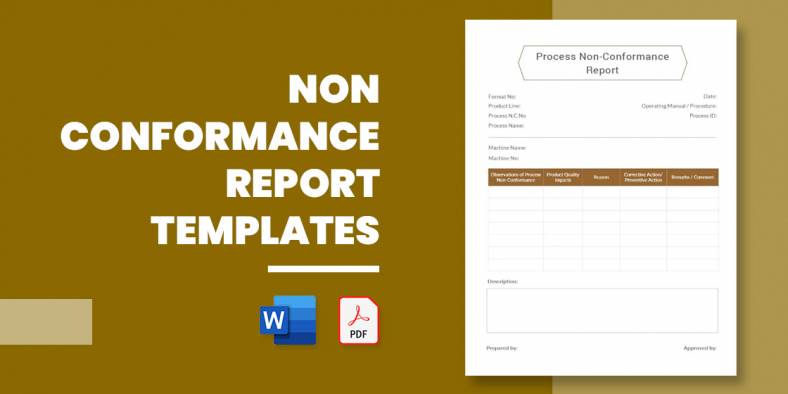
Have you ever tried sending a Report Outline for corrective action to a company about bad food, product, or service?…
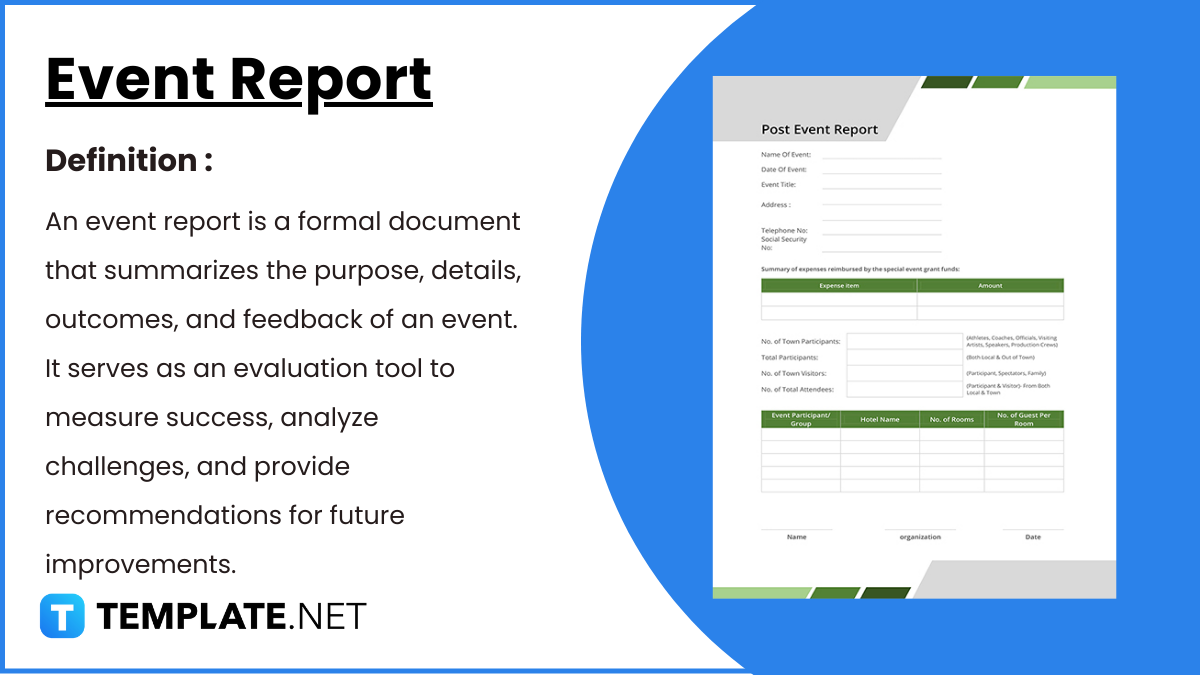
Crafting an event report is an essential step in analyzing the success and impact of any event, whether it’s a…
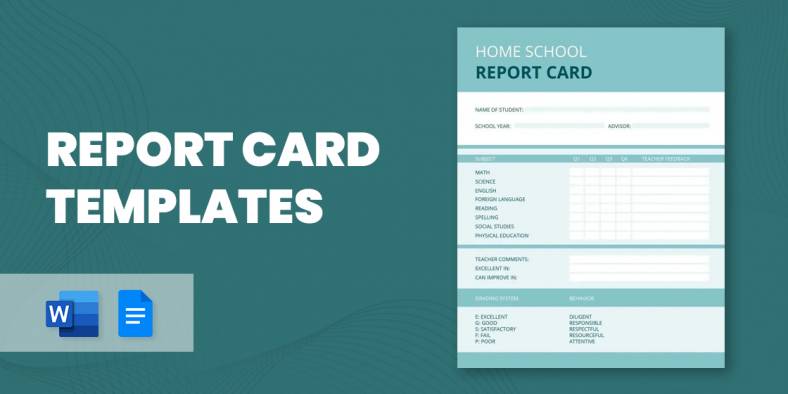
A report card is one of the crucial elements of recording the results of an evaluation of a leaner. Many…
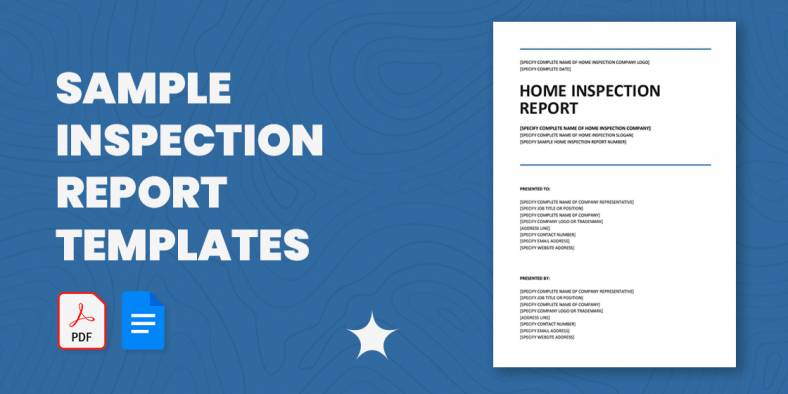
Getting ready with your inspection report? Not satisfied with your report’s format? Don’t you worry? We have here an array…
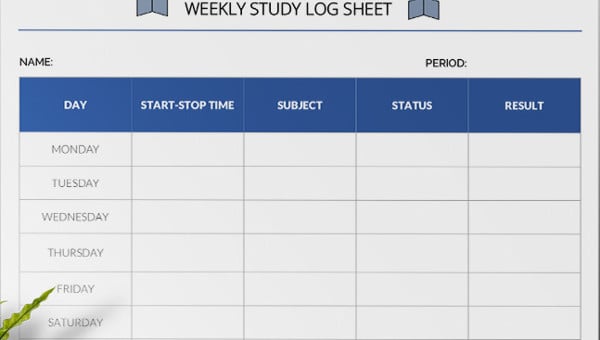
Every organization must be careful while creating a daily or weekly activity report as it is with the help of…
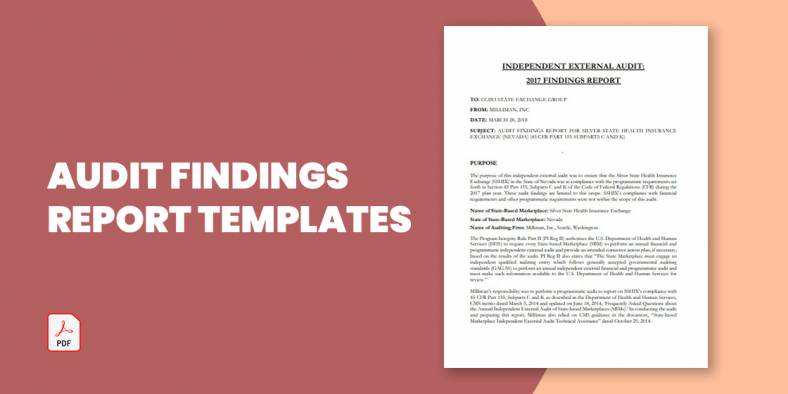
The audit report is the ending result of an audit and can be utilized by the receiver person or organization…

Audit committee reports present a periodic and annual picture of the financial reporting method, the audit process, data on the…

Timely reports are vital for any logistics industry as data is essential to help make decisions. Plus, the industry’s scope…